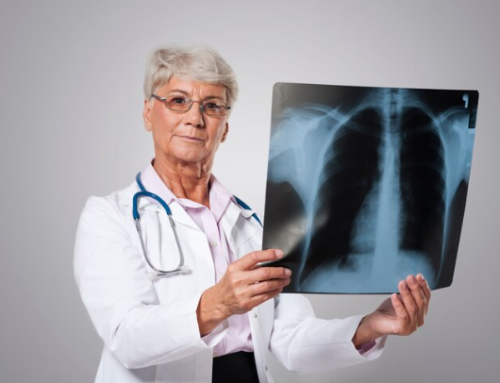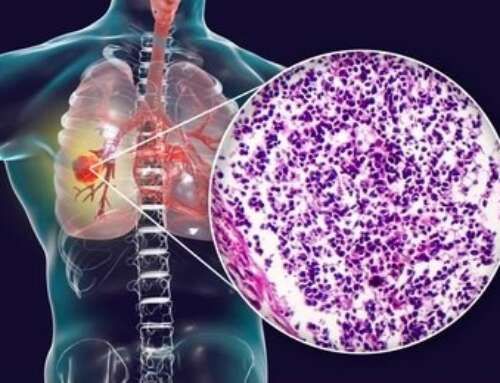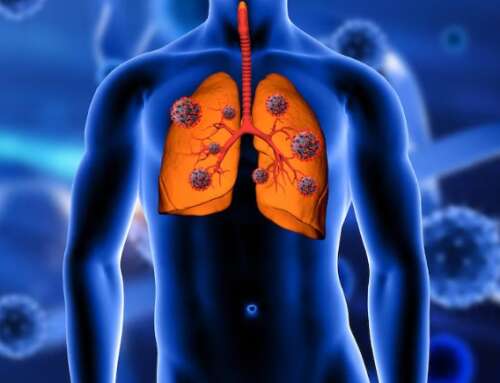The Florida Lung, Asthma and Sleep Specialists are pleased with preliminary findings concerning recent research into a specific radiation therapy, SBRT.
SBRT radiation therapy has shown an improvement in the survival rate over the last decade. Some significant survivors belong to a group of very special lung cancer patients: older patients who cannot tolerate surgery.
The new findings will be officially presented in Boston at the American Society for Radiation Oncology, by lead researcher, Dr Andrew Farach, a radiation oncologist at Houston Methodist Hospital.
About ten years ago SBRT radiation therapy became available and it gained popularity almost immediately. Now, a decade later, researchers have coordinated their data.
Now, Dr. Farach and his team believe they have discovered that the therapy, known as Sterotactic Body Radiation Therapy, (SBRT,) is giving older people the chance to survive longer. You can check out the specifics of the new studies at the ASTRO online resource.
In particular, SBRT radiation therapy is often used for patients who have an early stage of lung cancer, but could not tolerate surgery due to other health problems or the frailty of their aging body.
What is SBRT Therapy?
If you were a lung cancer patient or a family member, you would definitely want to know how SBRT differs from the classic version of radiation treatment.
Dr. Ben Movsas, chair of radiation oncology for Henry Ford Hospital in Detroit, puts it simply. He explains SBRT is composed of “focused beams of high-dose radiation that target a tumor.”
Likewise, one of the features that differentiates SBRT therapy from traditional “radiation therapy is that SBRT directs several beams to the tumor from different angles.”
This high-dose, focused, angular approach is typically prescribed in dosages of 3-5 treatments over a one or two week period.
SBRT patients and traditional patients might end up getting the same dose of radiation, but the focused, targeted nature of the SBRT causes fewer side effects.
Studies also prove there is less collateral damage in the healthy tissue around the tumor when SBRT is used.
Discover more about SBRT at this convenient online resource from MD Anderson.
Statistics Tell a Story of Hope
There have been two recent studies that proved the efficacy of SBRT for older patients who are incapable of sustaining surgery. FLASS stresses that these are preliminary findings, but interesting, just the same.
1. One recent study proved that SBRT increased the months, weeks and days of survival for older lung cancer patients between the years 2004 and 2012. Dr. Andrew Farach, traced this phenomenon to the fact that SBRT became popularly utilized in the U.S. within those years.
2. The Veterans Affairs lung cancer treatment databanks also confirm this discovery. Improved survival rates coincide with the use of SBRT in early stage patients who cannot qualify for surgery, due to advanced age or other health problems.
Conclusions Based on the New Findings
These research studies proved four important factors for older lung cancer patients:
l. As Dr. Farach said, “the results show that radiation therapy should be strongly considered for early stage patients who, due to age or poor health, aren’t good candidates for surgery.”
2. For lung cancer tumors, Dr. Farach also noted, “Surgery is the gold standard for operable patients right now, but over half of patients can’t receive surgery in the elderly population,”
3. Part of the research reflected statistics that dismayed the researchers. “We were pretty astounded to see the number of patients who don’t receive any treatment at all — It’s almost equal to the numbers who receive radiation therapy.” He noted, “These patients might benefit from SBRT.”
4. Researchers discovered four year survival rates for patients with radiation therapy more than doubled in the years between 2001 and 2011. In 2001 the rate was 13 percent but by 2011 survival rates rose to 28.5 percent.
Coincidentally, during that time period, use of SBRT increased from 5 percent in 2001 to 60 percent in 2011. Likewise, research scientists calculated a patient’s risk of death diminished by 30 percent in comparison with traditional radiation. Dr. Movsas stated, “SBRT really has made a dramatic difference for these patients.”
A Warning for Patients Who Have Options: SBRT is not a Substitute for Surgery
Dr. Len Lichtenfeld, the deputy chief medical officer for the American Cancer Society, strongly cautions patients who are good candidates for surgery. These positive reports for SBRT must not hinder them from scheduling tumor surgery.
Florida Lung, Asthma and Sleep Specialists reminds readers that these are preliminary findings. More and larger studies will be done in the war on lung cancer.
Dr. Farach has stated,“With continued adoption of SBRT in community cancer centers, it is our hope that more patients will receive curative SBRT and the number of patients left untreated based on age or medical comorbidity will continue to fall.”
We see these statistical studies as gifts of hope for those who cannot endure surgery. Every lung cancer patient is unique, and the healthcare team must join with the patient in designing the best possible treatments plan, which might include a combination of radiation, surgery and chemotherapy.
If you or a loved one has been afflicted with lung cancer, your life and schedule will change. The American Cancer Society has designed a handy form designated as a “treatment organizer.” It is a refined calendar with specialized categories for treatment plan notes. It helps cancer patients and their loved ones to keep track of appointments and information.






